Grasslands are areas where the vegetation is dominated by grasses (Poaceae) and other herbaceous (non-woody) plants (forbs). Plants of the sedge (Cyperacae) and rush (Juncaceae) families can also be frequent in grasslands. Grasslands occur naturally on all continents except Antarctica, and in many other areas they have replaced the natural vegetation due to human influence. In temperate latitudes, such as north-west Europe, grasslands are dominated by perennial species, whereas in warmer climates annual species form a greater component of the vegetation.
Grasslands can be found in most terrestrial climates. Grassland vegetation can vary in height from very short, as in chalk downland where the vegetation may be less than 30 cm high, to quite tall, as in the case of North American tallgrass prairie, South American grasslands and African savannah. Woody plants, shrubs or trees, may occur on some grasslands – forming wooded, scrubby or semi-wooded grassland, such as the African savannahs or the Iberian dehesa. Such grasslands are sometimes referred to as wood-pasture or savannah woodland. Grasslands cover nearly fifty percent of the land surface of the continent of Africa. While grasslands in general support diverse wildlife, given the lack of hiding places for predators, the African Savanna regions support a much greater diversity in wildlife than do temperate grasslands.
So what kinds of parrots can you expect to see in grassland environments? While African greys prefer the forests, they sometimes venture out into the savannas in search of food. Australia has a wide range of parrots who prefer grasslands which are commonly referred to as Australian Grass Parrots.
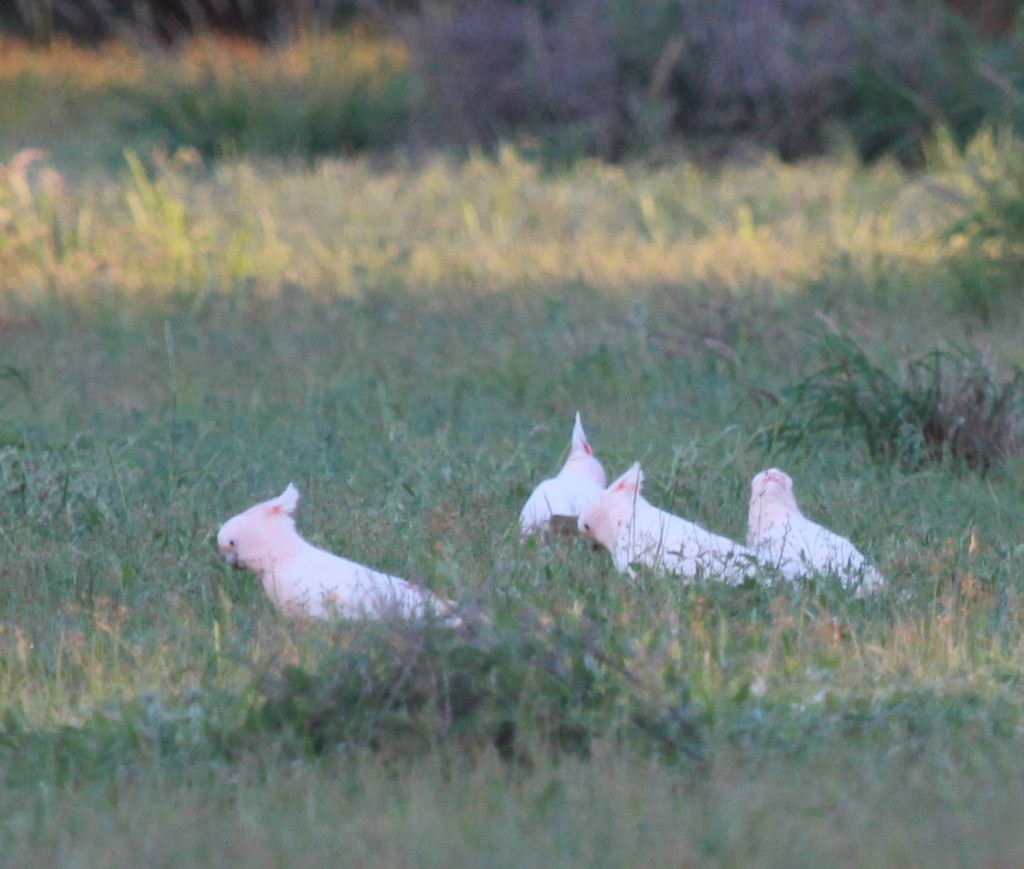
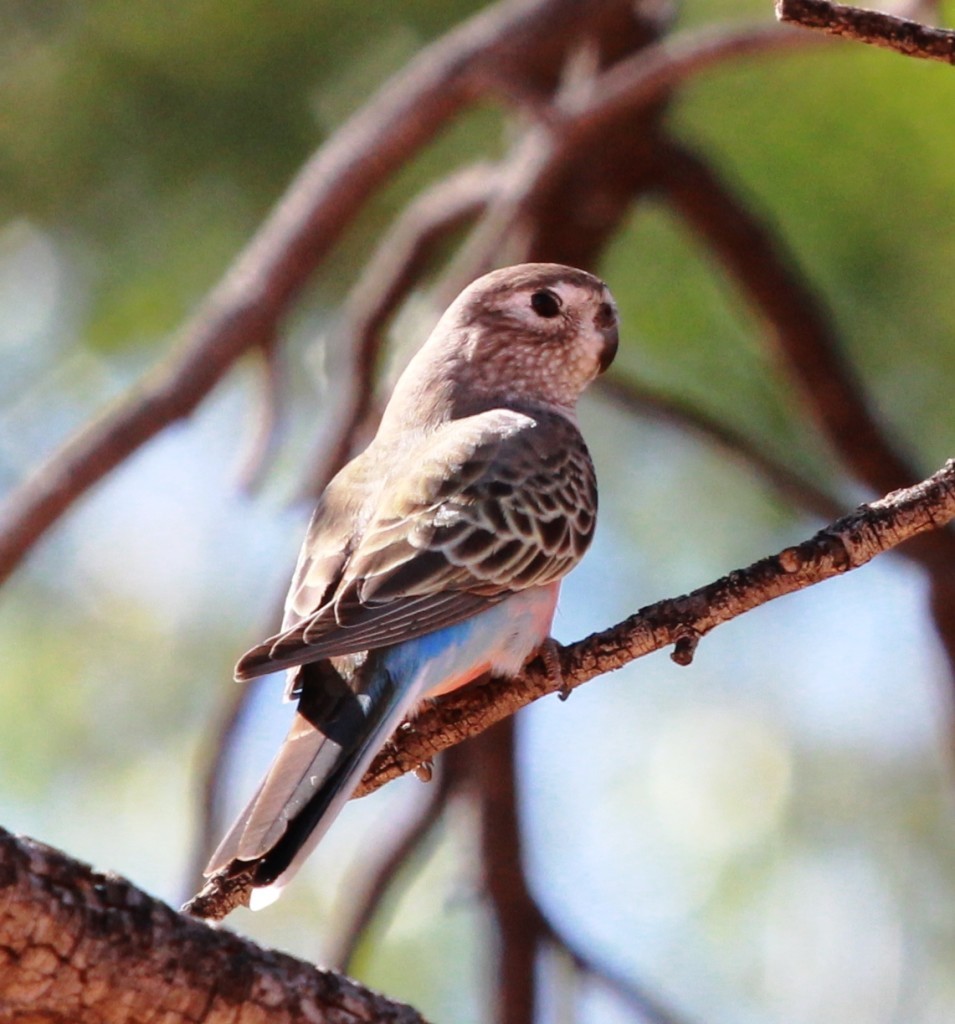
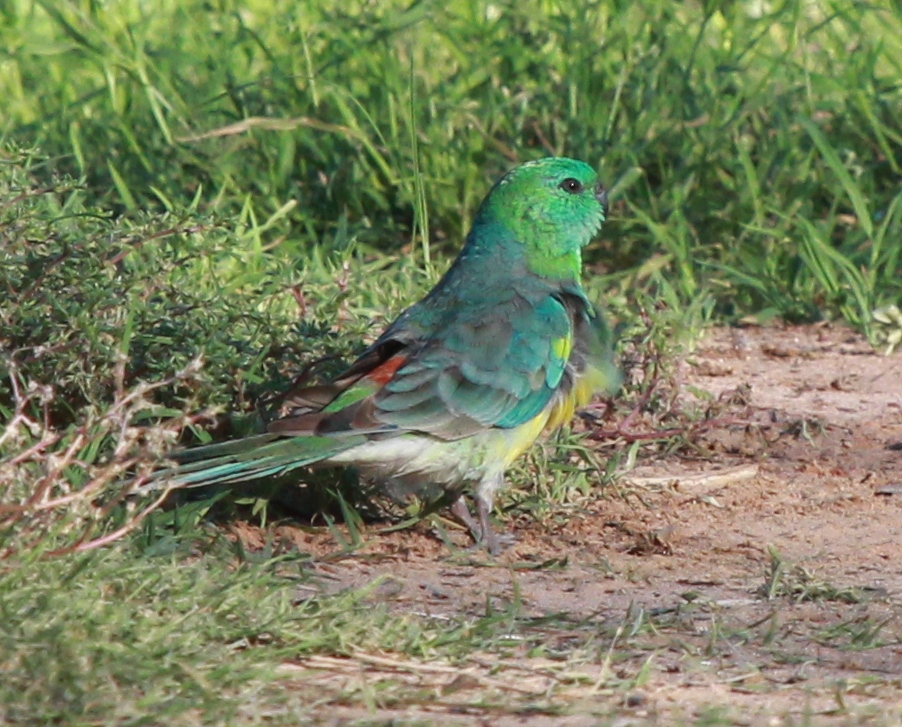
In the photos above, you see Major Mitchell Cockatoos, Bourke’s Parrots & Red-rumped Parrot. Other grass parrots include all the psephotus, the polytelis and neophema species. Cockatiels, sulpher-crested cockatoos, budgerigars and galahs also prefer the dry interior grasslands of Australia.
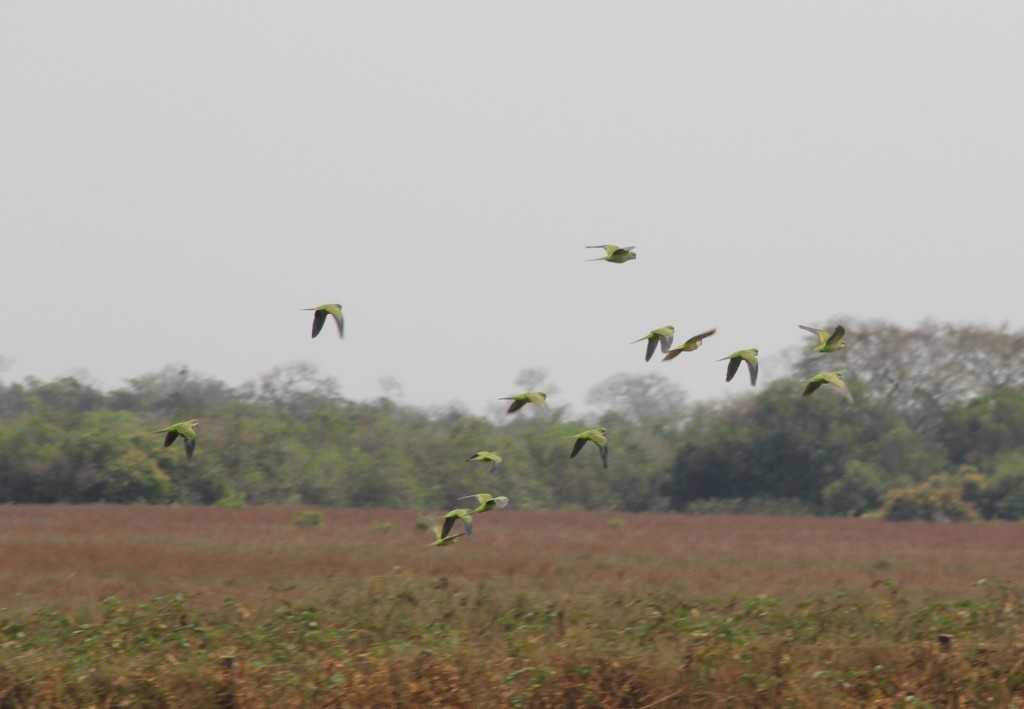
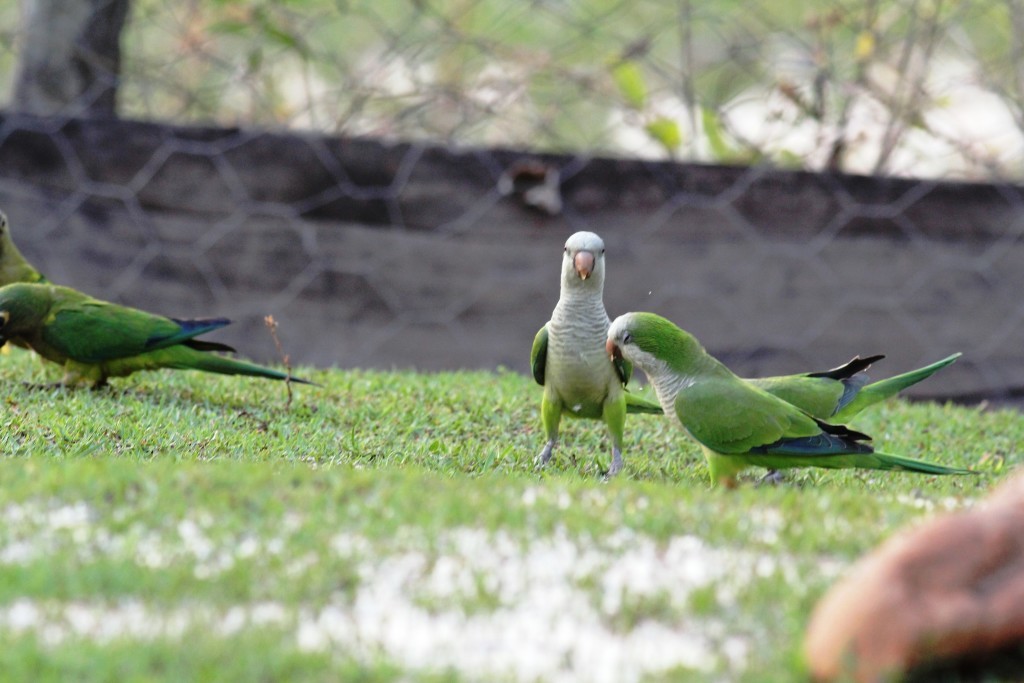
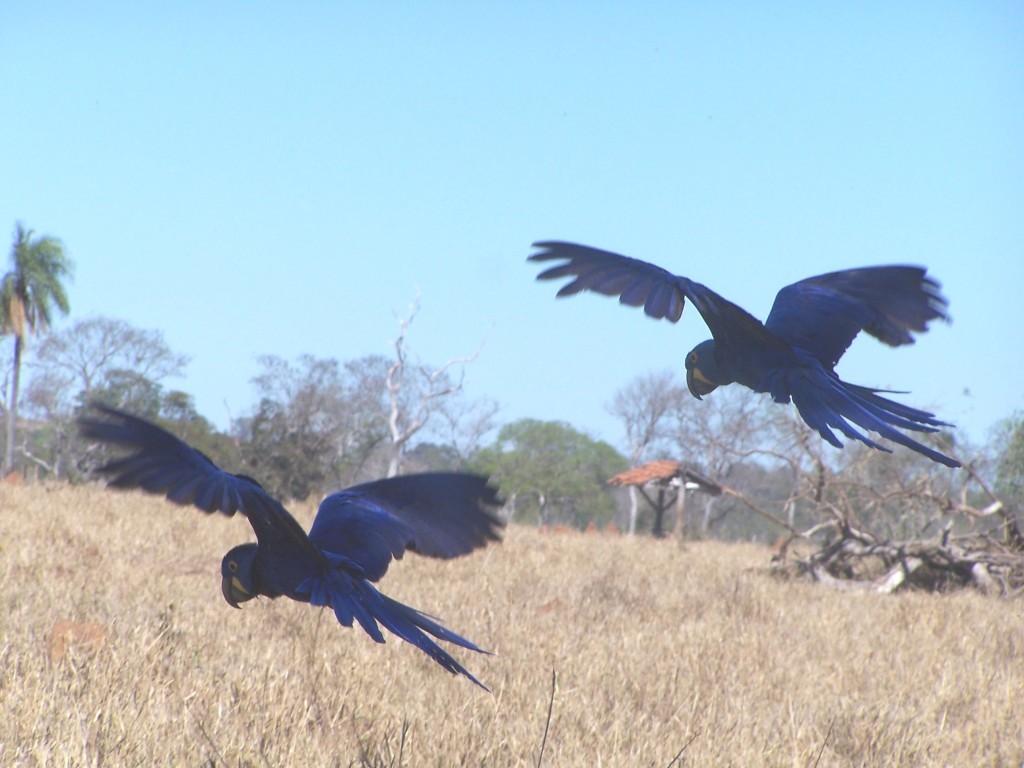
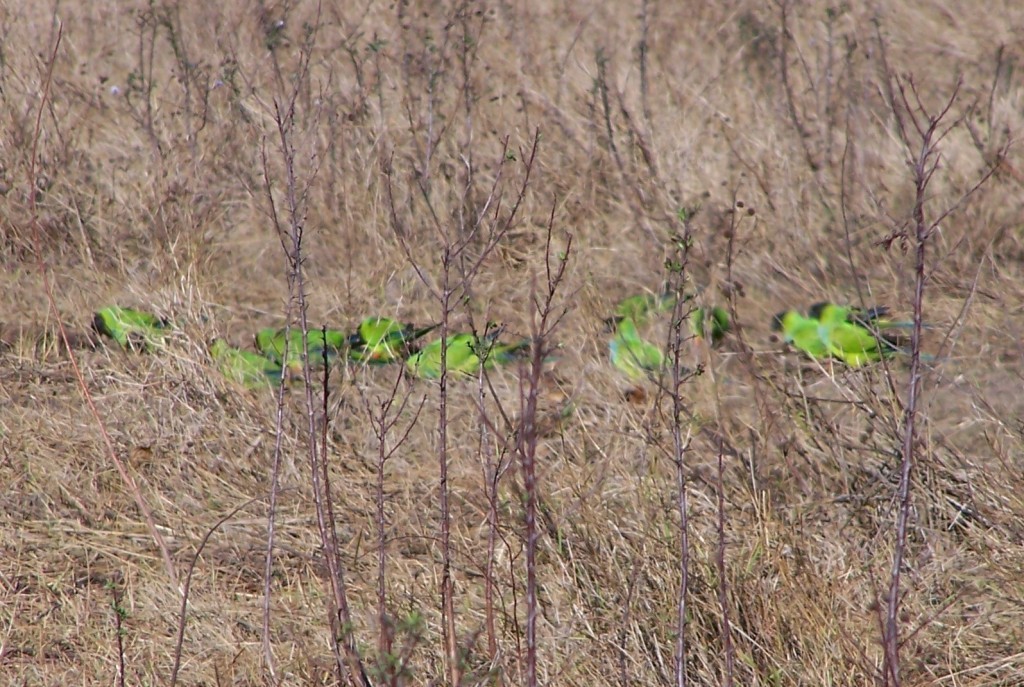
The largest grasslands in South America are in the Pantanal where you can see hyacinth macaws, quakers, nanday conures, Maximilian pionus amongst others. Parrots of the grasslands feed primarily on seeds, grains, vegetables and fruits. They nest in hollowed trees. The best time to see them is in the dry season where they tend to stick closer to water sources.
- Originally published on Feathered and Free website which is in the process of being merged to this blog.
